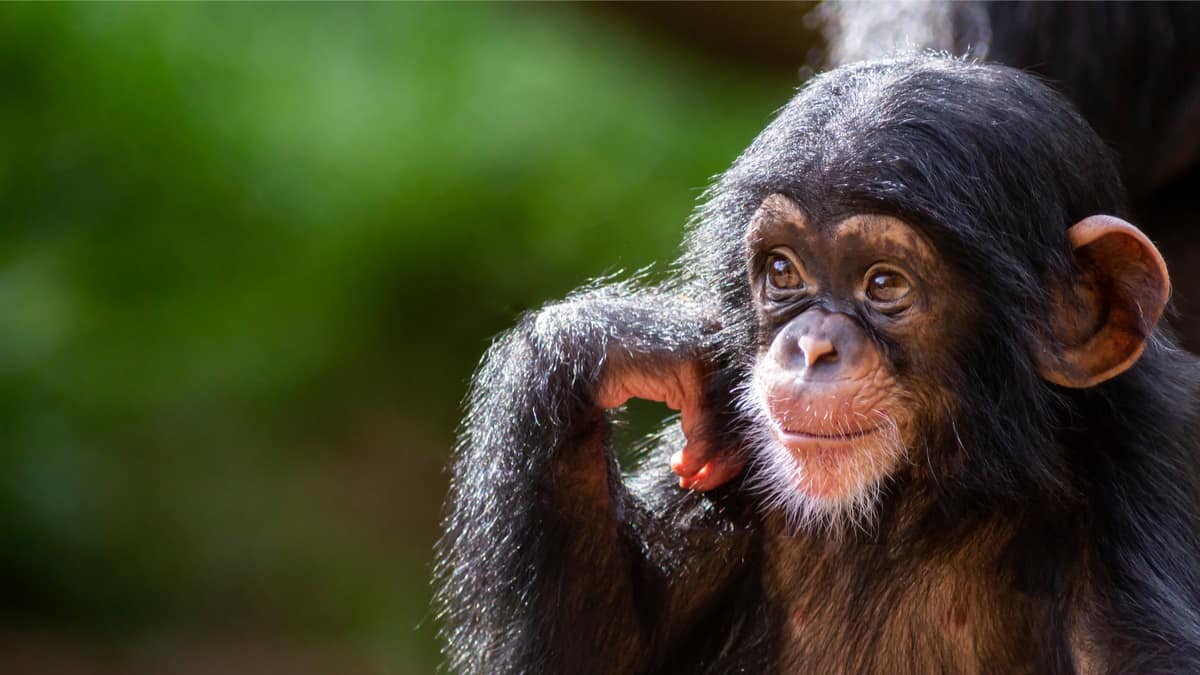Researchers at the University of California, Berkeley, have discovered that chimpanzees can recognize other animals of the same species even after more than two decades without seeing them. This means that primates have the longest non-human memory ever recorded.
Read more
{{#values}} {{#ap}}
{{/ap}} {{^ap}}
{{/ap}} {{/values}}
Memory test
- During the experiment, the research team used infrared eye-tracking cameras to record where bonobos and chimpanzees looked when they were shown two simultaneous images of other animals.
- One photo was of a stranger and the other was of a bonobo or chimpanzee he had lived with for a year or more.
- The primates’ eyes lingered much longer on images of people they already knew, indicating some degree of recognition.
- In addition, they looked longer at individuals with whom they had more positive relationships.
- In other words, they seem to recognize their friends more than their enemies.
- The information is from Phys.org.
The findings also reinforce the theory that long-term memory in humans, chimpanzees and bonobos likely comes from our common ancestor who lived between 6 million and 9 million years ago. This means that experiments of this kind could help science understand how humans develop such good long-term memory.
We don’t know exactly what this representation looks like, but we do know that it continues for years. This study doesn’t show us how different we are from other apes, but how similar we are to them and how similar they are to us.
Laura Simone Lewis, lead author of the study
The results of the study were published in the magazine Proceedings of the National Academies of Sciences. In total, 26 bonobos and chimpanzees were shown the images.
While the animals drank a bottle filled with diluted juice, the screens alternated between pairs of images. Cameras monitored where the primate’s eyes were wandering. The computer recorded the time spent on each image in a fraction of a second.
What is not yet clear is what type of memories were activated during the experience. Scientists hope to be able to answer this question in the future based on new research conducted on animals.

“Hardcore beer fanatic. Falls down a lot. Professional coffee fan. Music ninja.”

:strip_icc()/i.s3.glbimg.com/v1/AUTH_bc8228b6673f488aa253bbcb03c80ec5/internal_photos/bs/2024/3/g/WCtXx3QpeUod9Mufpz6Q/agif24042323130180.jpg)


:strip_icc()/i.s3.glbimg.com/v1/AUTH_e7c91519bbbb4fadb4e509085746275d/internal_photos/bs/2024/h/T/QtNBnkSxS1suktkzfMnw/captura-de-tela-2024-02-09-as-06.33.12.png)


More Stories
Brazilian scientist wins disputed Marie Curie research grant | Sciences
The European Space Agency's probe detects “spiders” on Mars Sciences
UFRJ is Africa's Ambassador for Science – Conexão UFRJ